Getting EV charging to apartment dwellers is critical for EV adoption, but don’t send people 35 pages of nonsense about it.
The EV market is in an incredibly exciting spot right now. Consider that EV sales have tripled over the past three years, new car market share has reached 7% (more, in some markets), EVs are getting more affordable, and more people than ever are considering the switch. Even government regulations are pushing for more EV adoption, with California in particular ready to ban all sales of new internal combustion engine vehicles by the year 2035. It should come as no surprise, then, that we’re incredibly excited about what the future holds for EVs!
That said, the charging infrastructure is going to be a key factor in maintaining that rapid growth by enabling EV owners to feel confident in their ability to hit the road and find charging wherever they go. That’s especially critical on long trips where drivers are in unfamiliar territory, and EVs’ “short ranges” have been most criticized.
It’s not like that factor is being ignored — there’s been a huge public and private push to introduce and expand the EV charging infrastructure across the US, with $35 billion of investment estimated to be put forth through the end of the decade intended to put DC fast chargers on every 50 miles of interstate highway.
All well and good, but there’s another large sector that needs attention, one that — until it gets it — will continue to hamper adoption of EVs. That sector: apartments and condominiums.
That’s a Lot of People
As many as 35% of US households live in apartments, while 4% (and growing) live in condominiums. And, compared to single-family homeowners, apartment tenants are 10 times less likely to have access to EV charging where they live.
One of the promises being made to would-be EV owners is the ability to plug in while they’re asleep, and a huge percentage of the population simply doesn’t have that right now. Some complexes are making attempts to bring in charging, but fail to meet tenants’ needs in various ways — the worst of which being shared charging.
Sure, it’s better than nothing — but if you’ve never experienced shared charging, it works like this: You want to charge your EV one night, but when you pull up to the charger there’s already another tenant charging their EV. Because there’s not more readily available charging, you have a few options:
- fire up your Chargeway app and find a nearby level 7 fast charger (if you’re lucky enough to live near one and own an EV that will charge at that speed), and delay your arrival at home by another 40 minutes (at best) to a few hours (at worst, if a level 3 is all you can find).
- to wait until the other car is done, hope its owner moves it in a timely manner, then head out of your apartment at some random time in the night to go plug in your car … assuming no one else has swooped into the spot in the meantime.
It’s ridiculous.
The good news is that there are companies out there offering property owners some clever solutions. They’ll survey the property, determine if they need to fix any infrastructure (60% of apartment complexes were built between 1959-89, so some can’t handle the strain on electrical infrastructure), create a plan, and then do all of the construction for you.
It’s awesome.
That being said, we’d like to have a little discussion about developers and how to pitch to them. See, developers are usually very busy people. Not just that, but very busy people who value their time highly, and who aren’t necessarily interested in learning about EVs. They just want to know if you understand their “pain points,” and if you can solve them.
A smart company (like Chargie, for example) offering a financial product like the one we mentioned above would get to the point, explain the issues in a matter of a few bullet items, then demonstrate — at a high level — how their product would solve the developer’s/landlord’s problem.
The pitch we got sent, unsolicited? One of our writers (that was me —Ed.) refused to even finish it — and we can’t blame them! The deck spent the first 22 (of 34) eye-straining slides discussing the growing EV market, various government initiatives, yadda-yadda-yadda, without mentioning the services they even provide until page 28. (!)
There Are Too Many Slides
We aren’t trying to make the company that sent us the deck feel bad, here (which is why we’re not naming them). In fact, we think they’re offering a great solution to a real issue facing widespread EV adoption, but this is a prime example of well-meaning EV enthusiasts talking themselves out of a sale by confusing the issues at hand and conflating climate data, engineering terms, and industry jargon with the real-world benefits of EV adoption: EVs are silent, convenient, have insane acceleration, offer have incredible new technology, and — at the end of the day — are just cool.
We want to see the industry grow, and that starts with being able to convince people that EVs are worth spending their money on. They don’t care about broad market trends, state by state public policy, or whether or not their landlords understand the climate science behind the push for electrification. They just want a cool car, and want to be able to plug it in at home … and a 34 page deck isn’t going to get anyone closer to that goal.
What do you think? What would you tell your landlord or condo association to convince them that EV charging is great? Let us know, in the comments.

IMAGE: PARKADE.COM
FTC: We use income-earning auto affiliate links. Learn more.




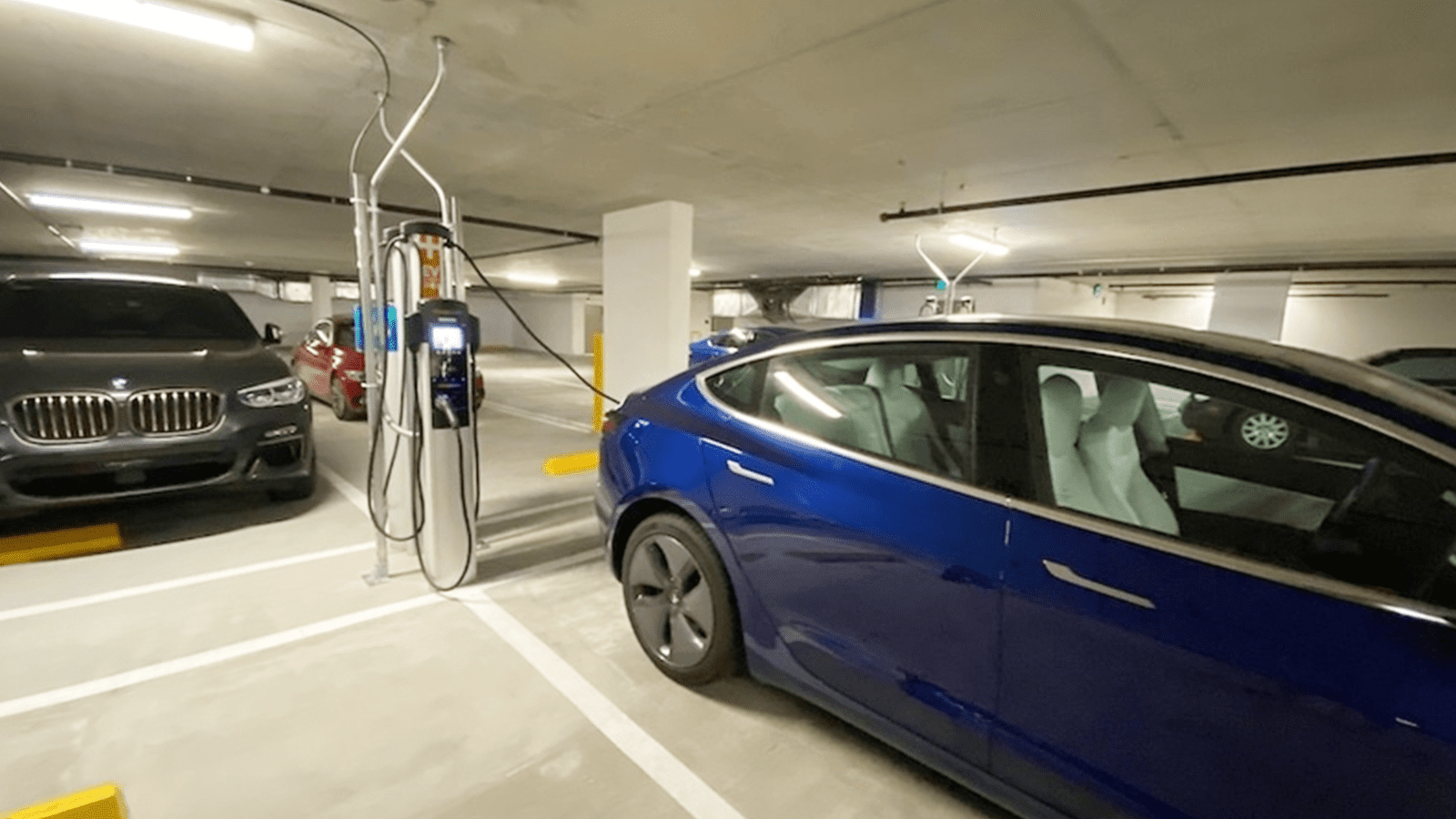

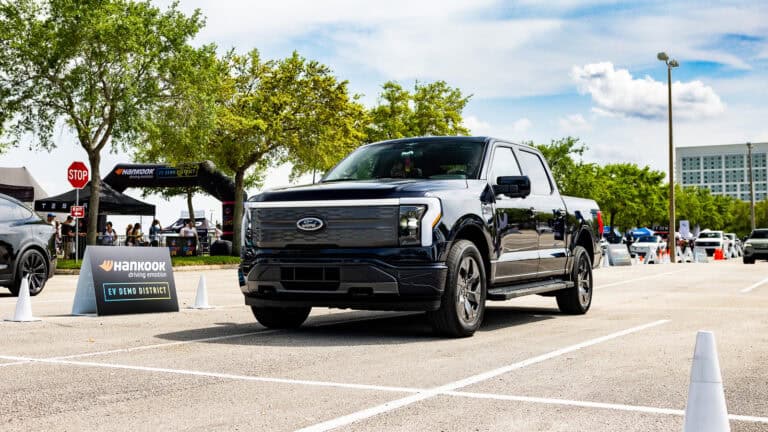
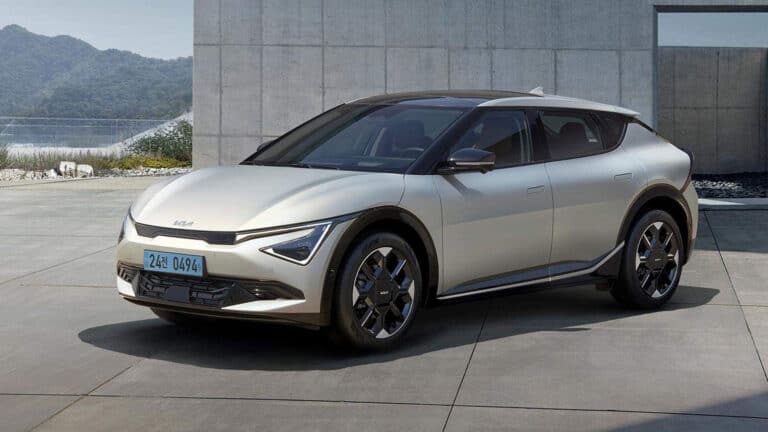
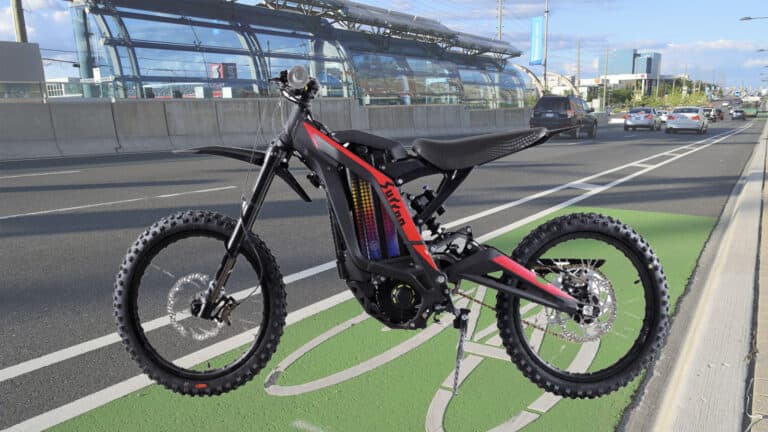










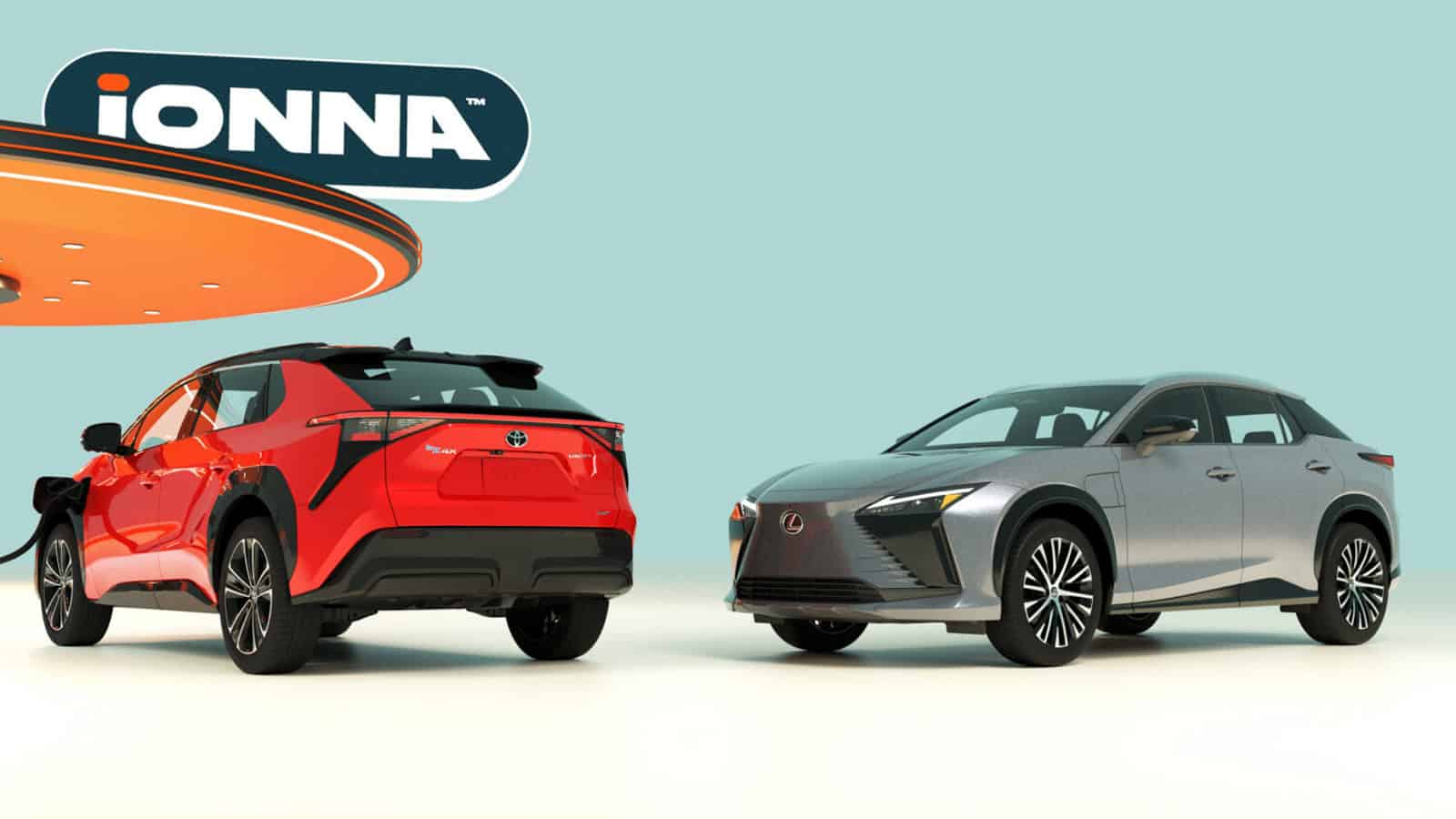
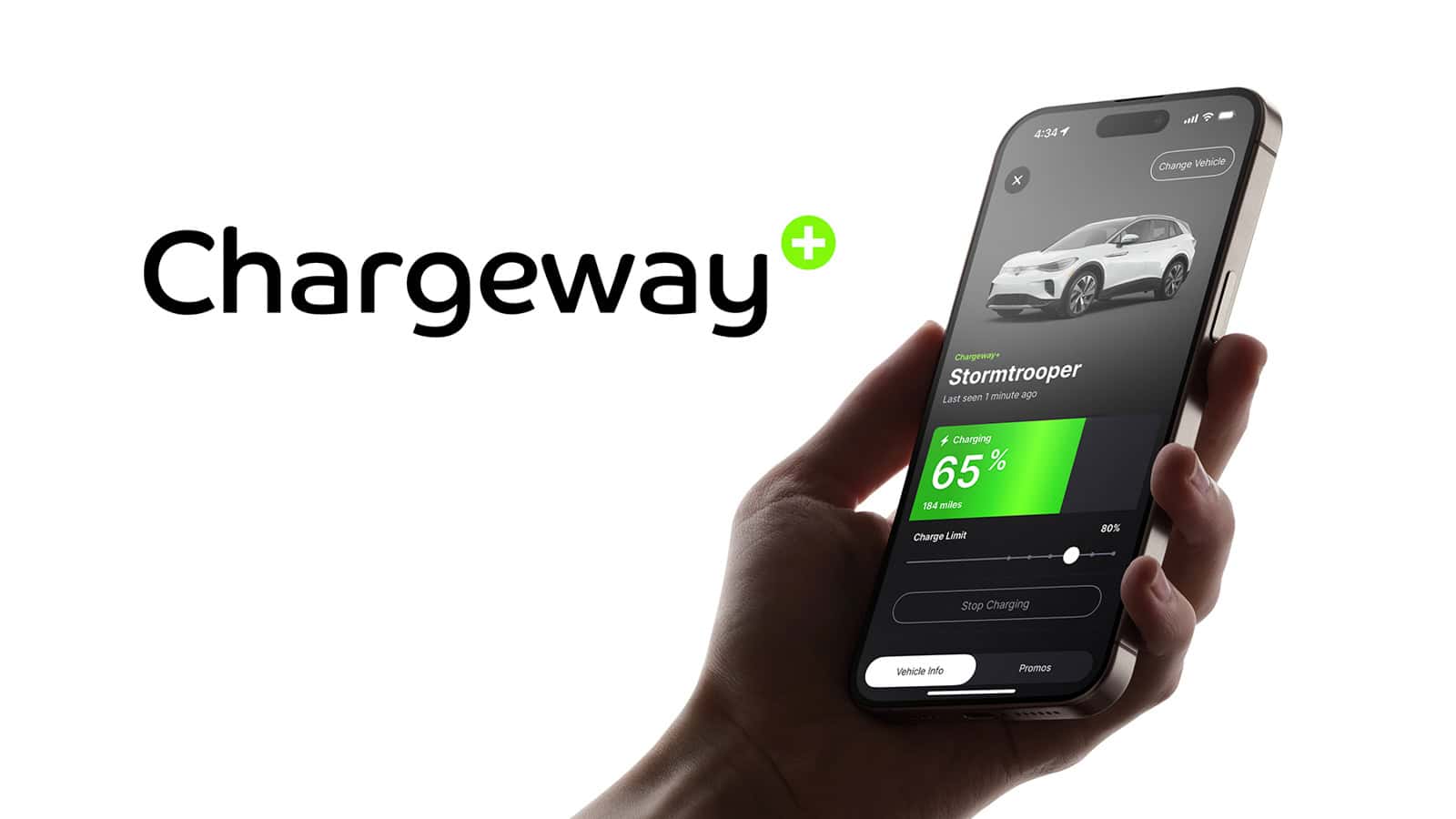

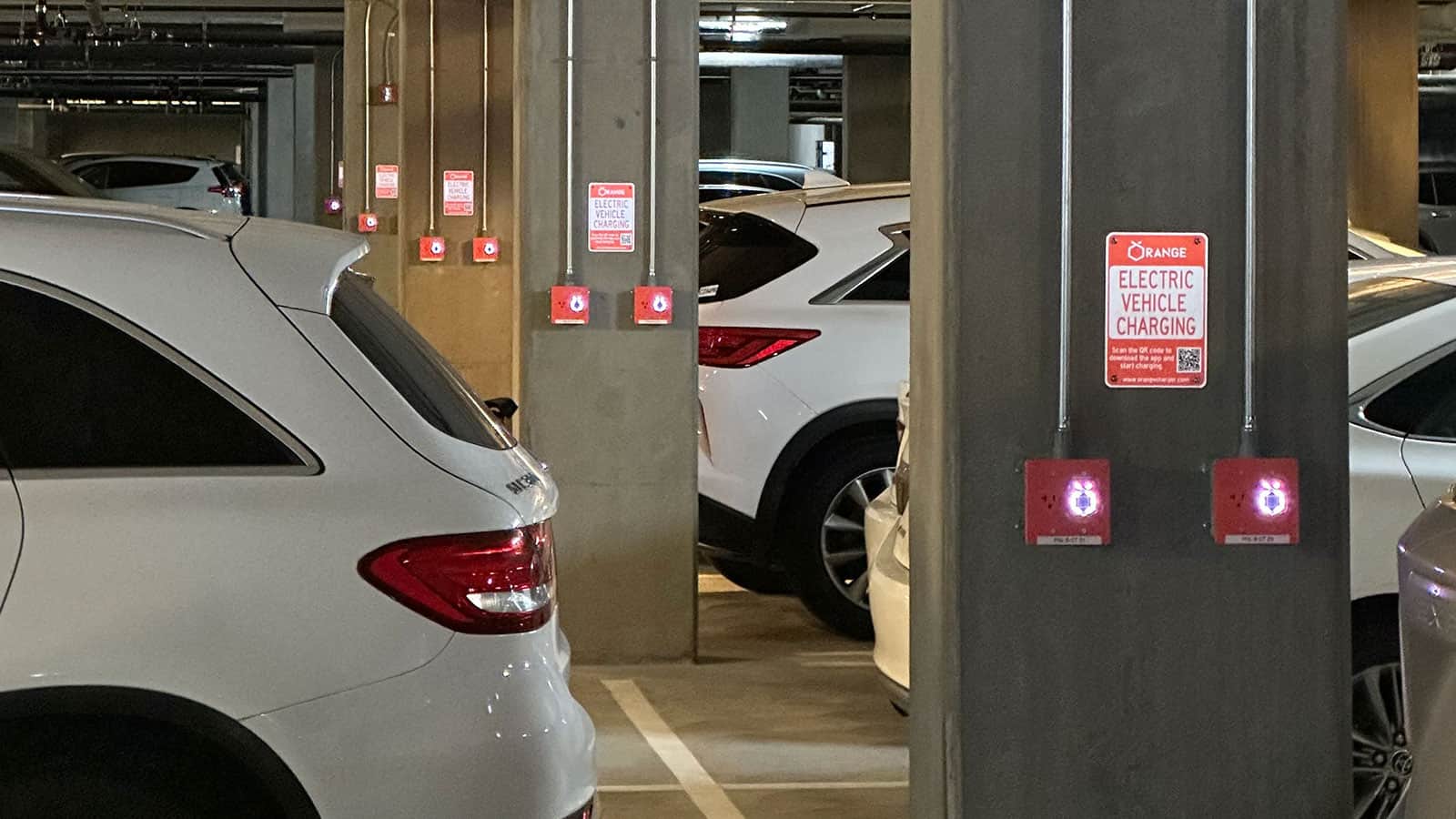
One Response
By the time you’re finished with the pitch deck, Tesla will have perfected Full Self Driving and you’ll probably sell your car and take a robo-taxi 🙂